Astounding Amounts of Commercial Fishing Gear Lost at Sea

It’s known as “ghost gear.”
Abandoned traps, aimlessly drifting nets, and other lost fishing equipment can haunt the ocean for years, ensnarling and killing whales, turtles, and other marine creatures. The magnitude of the problem has been hard to quantify, but a new study provides the first solid global estimate of the amount of equipment lost each year.
Enough nets to cover Scotland are lost each year, along with commercial fishing longlines that could wrap around the equator 400 times.
These losses have been “a cryptic issue that’s been out of sight, out of mind,” says marine scientist Kirk Havens of the Virginia Institute of Marine Science (VIMS), who was not involved in the study. Lost traps and nets are “going to capture and kill things,” he adds. “That’s what they’re made for.”
The comprehensive new findings, researchers say, could help both conservation and fishing organizations track their progress toward protecting the seas from lost gear.
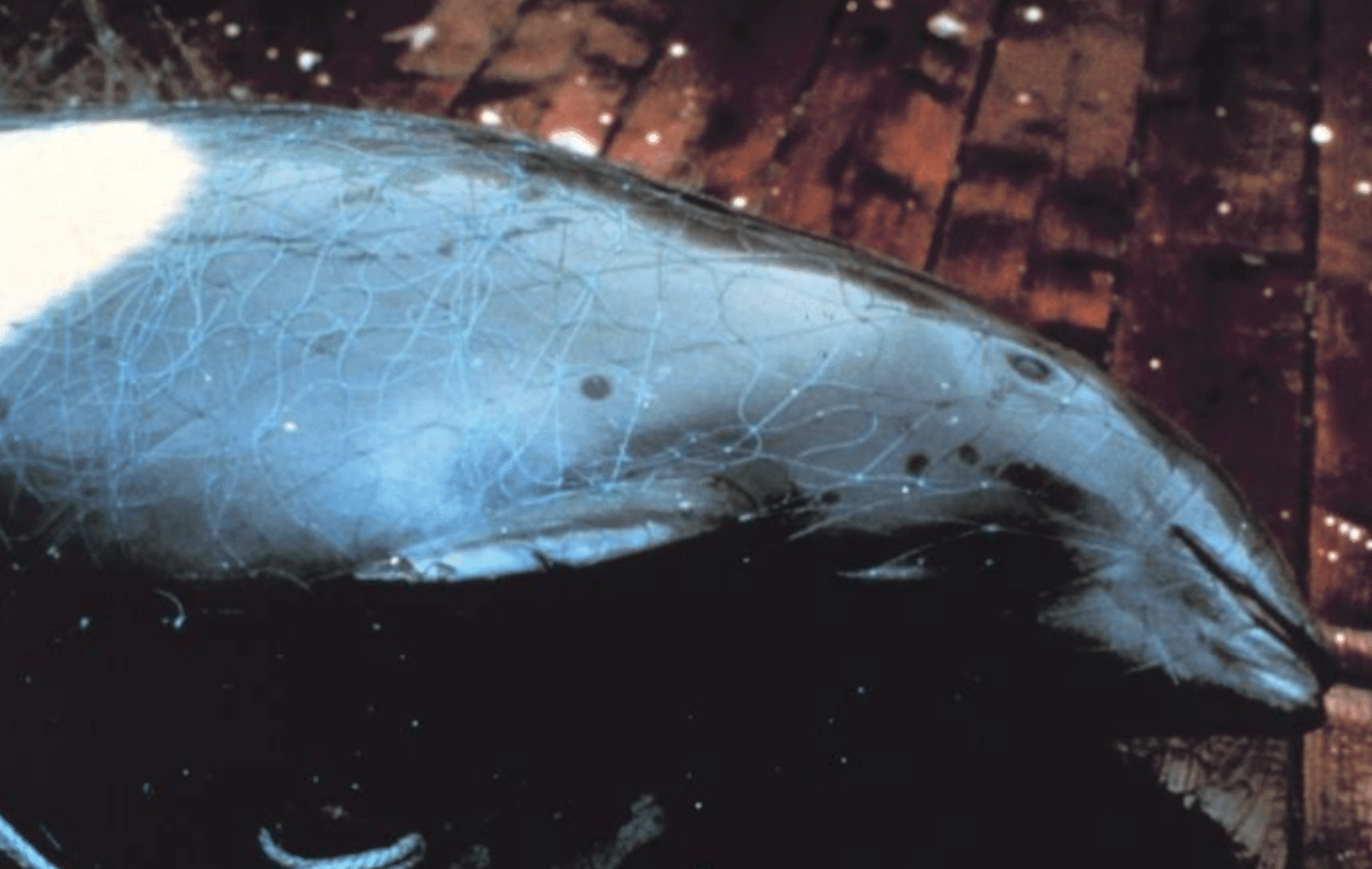
Kelsey Richardson, a marine and social scientist, first grasped the enormity of lost fishing gear while working in the Pacific Islands region for an intergovernmental organization. The regulators in charge of fishing there required vessels to host observers, who recorded losses of fishing gear. The data and findings were unique—and concerning because they showed how frequently boats at sea lost hooks, fishing lines, ropes, and nets.
Curious to get the global picture, Richardson began a Ph.D. at the University of Tasmania to study the issue with more types of gear in all major fishing regions. By analyzing international fisheries data, she identified five major types of fishing gear.
These include bottom trawl nets, which collect species such as scallops and flounder from the sea floor, and the long lines of hooks used to catch cod, tuna, and other large fish. Next, she and her colleagues selected seven countries around the world that fish intensely with all these types of gear.
To quantify the amount of gear lost, Richardson organized surveys of 451 people who work on fishing vessels in those countries. “Everyone thinks, ‘Oh, you can just go to the docks and interview a fisher,’” Richardson says. “It’s not that simple.” The key is finding local representatives who speak the language, know the fishing community, and are likely to be trusted.
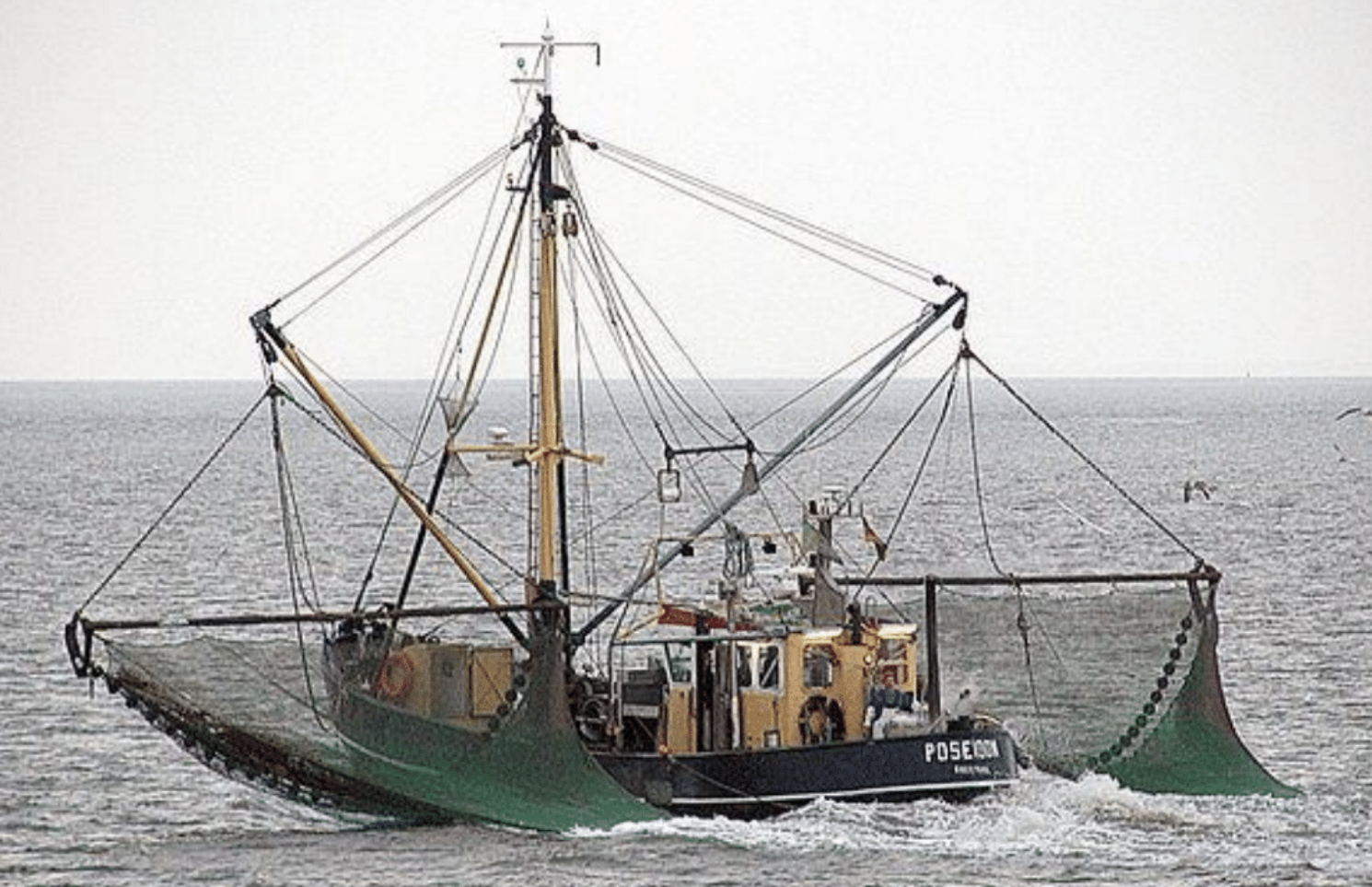
The surveys were anonymous, and when Richardson reviewed the answers she found the participants forthcoming. In locations where some regional data on fishing gear losses already existed, the survey answers were consistent with those reports.
The surveys revealed fishing vessels lose about 2% of their gear each year, on average, Richardson and her colleagues report today in Science Advances. To figure out the amount of equipment that represents, the team multiplied the loss rates by global estimates of the number of fishing vessels that use each type of gear, accounting for factors that might influence the losses, such as vessel size and how often they go to sea.
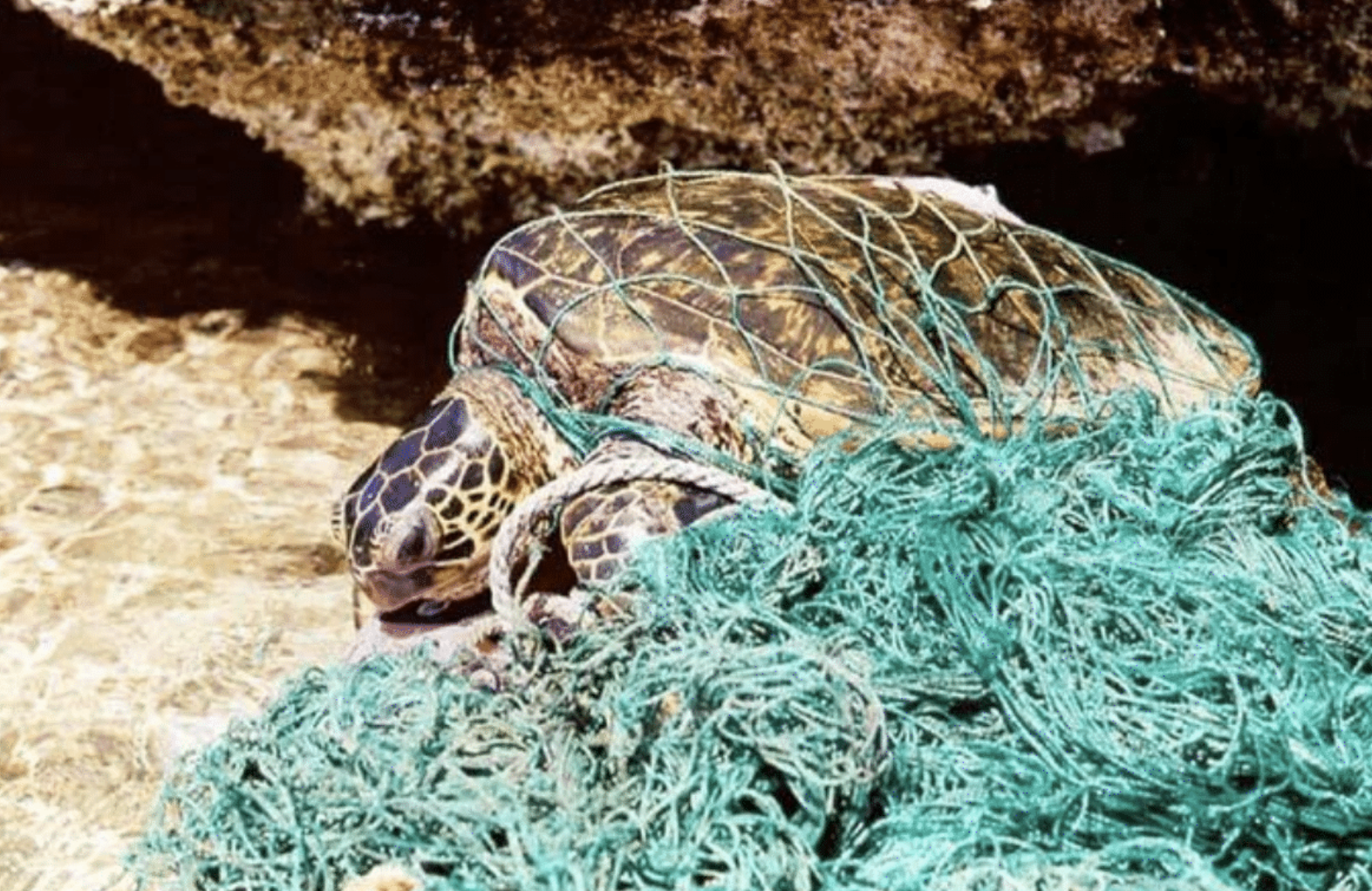
More than 13 billion hooks and 16 million kilometers of fishing line are lost from vessels each year, the team estimates. “The numbers are astounding,” Richardson says. The advent of more durable lines, nets, and traps - which last longer in the environment - compounds the issue, adds fisheries scientist Eric Gilman, a senior fellow at the Safina Center, a conservation and environmental organization, who was not involved.
Richardson hopes other researchers will use the figures to quantify the risks to marine life from the various gear types. One likely impact is harm to predators that bite the baited lines intended for tuna and other fish, she notes. Sharks and rays, in particular, have declined by 71% over the past half-century, and unintended harm from fishing gear is one cause.
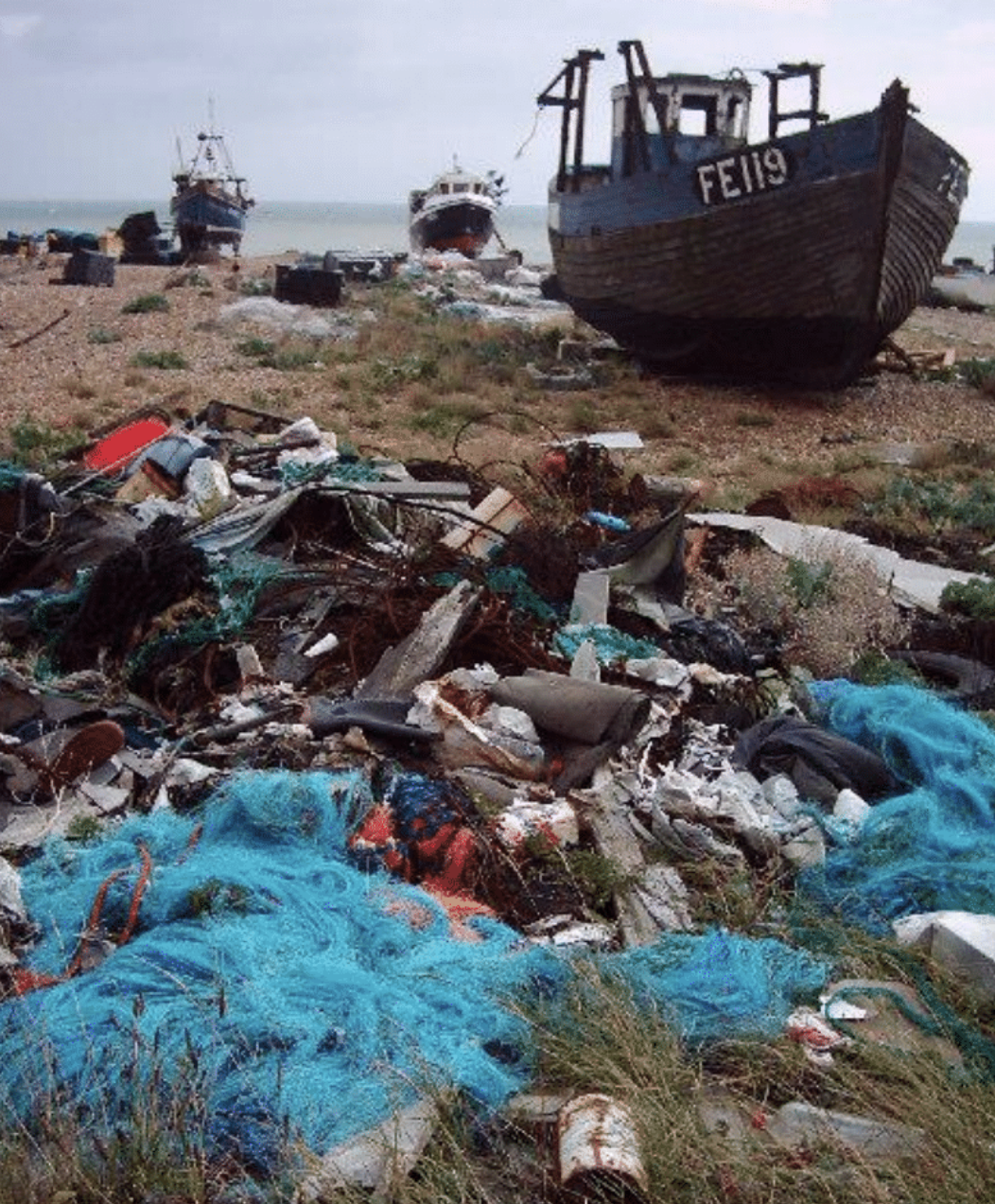
“This study is a significant improvement on our understanding of global inputs of derelict fishing gear,” says Donna Marie Bilkovic, an ecologist at VIMS who did not participate in the new research. She notes that the amounts of lost gear are likely underestimated, because they don’t include illegal fishing.
Fishing gear is a major threat to the highly endangered northern right whale, for example, sparking both new regulations and innovations in gear such as ropes designed to break when a whale is struggling to get free.
Nets are another major cause of trouble. Fishing vessels rarely lose entire nets, but when they do, they can entangle large marine mammals. Seabirds and other smaller creatures are at risk from fragments of nets, which are more commonly lost.
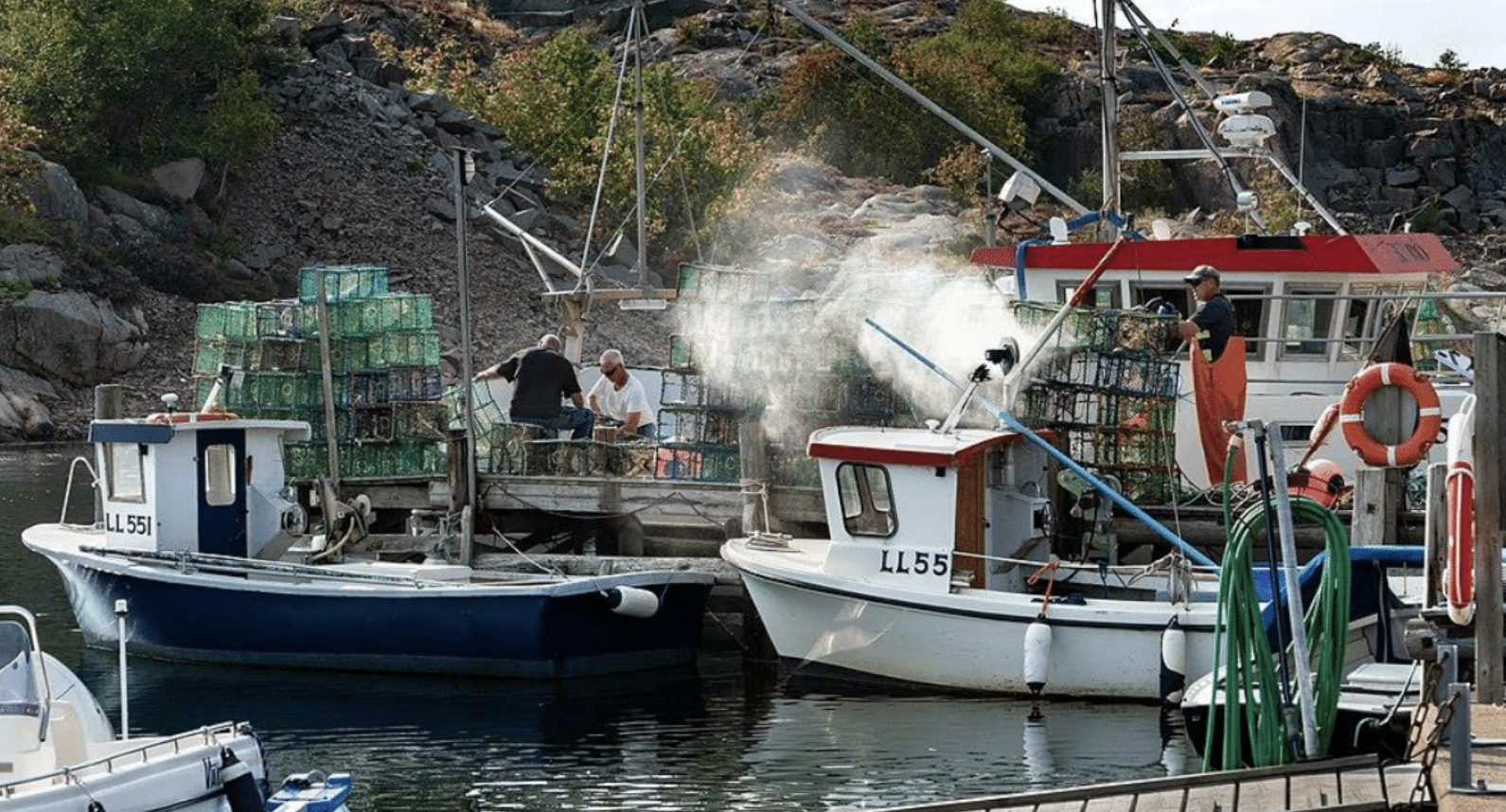
Lost lobster traps and crab pots - some 25 million a year, the team estimates - pose a particularly substantial threat to smaller creatures such as blue crabs and octopuses. All told, dozens of species have been found trapped inside derelict traps.
Researchers and conservationists are working to remove lost gear. In some places, for example, volunteer divers help remove lost trawl nets from the sea floor.
The good news, Richardson says, is that the solutions to prevent losses are relatively simple. “I tell people over and over again that fisheries management is key.”
For example, restricting boats from areas where lobster traps are present can reduce the chance that a propeller will cut the lines that allow the traps to be retrieved from the sea floor.
Simply making more commercial fishers aware of potential problems may also be part of the answer as the world becomes more environmentally sensitive to living on a shared planet.